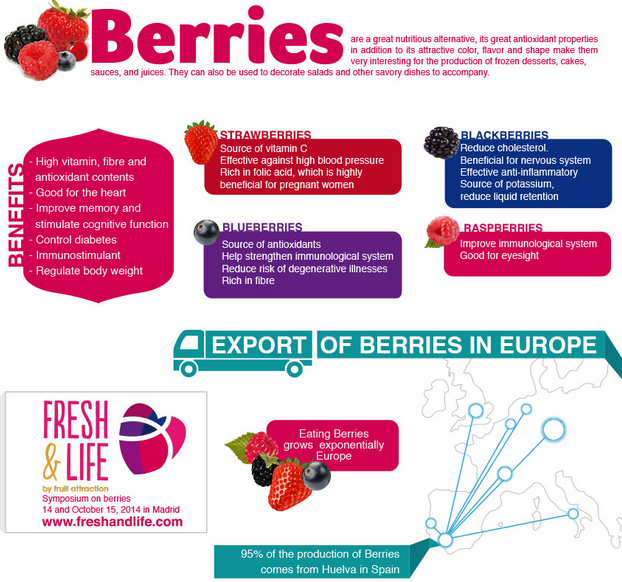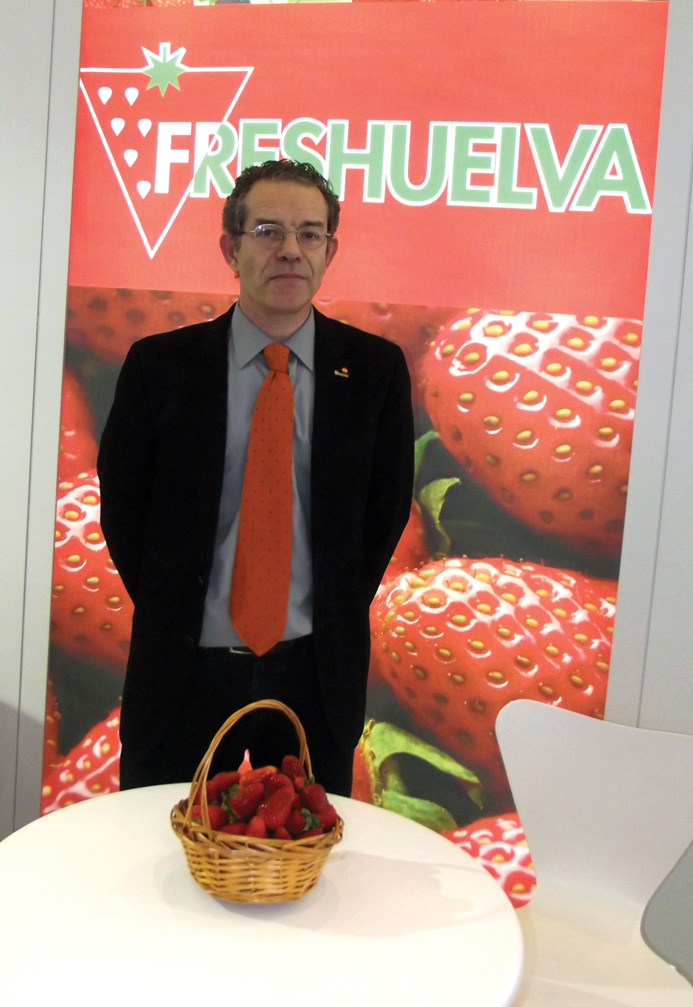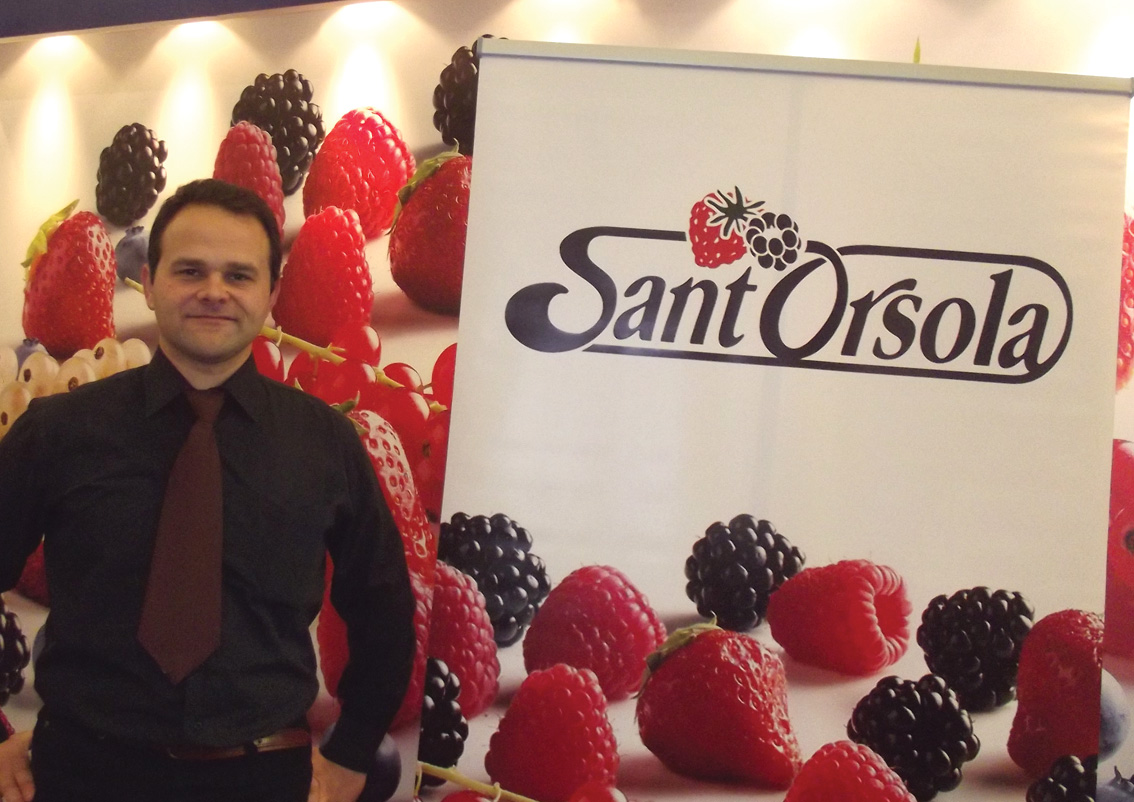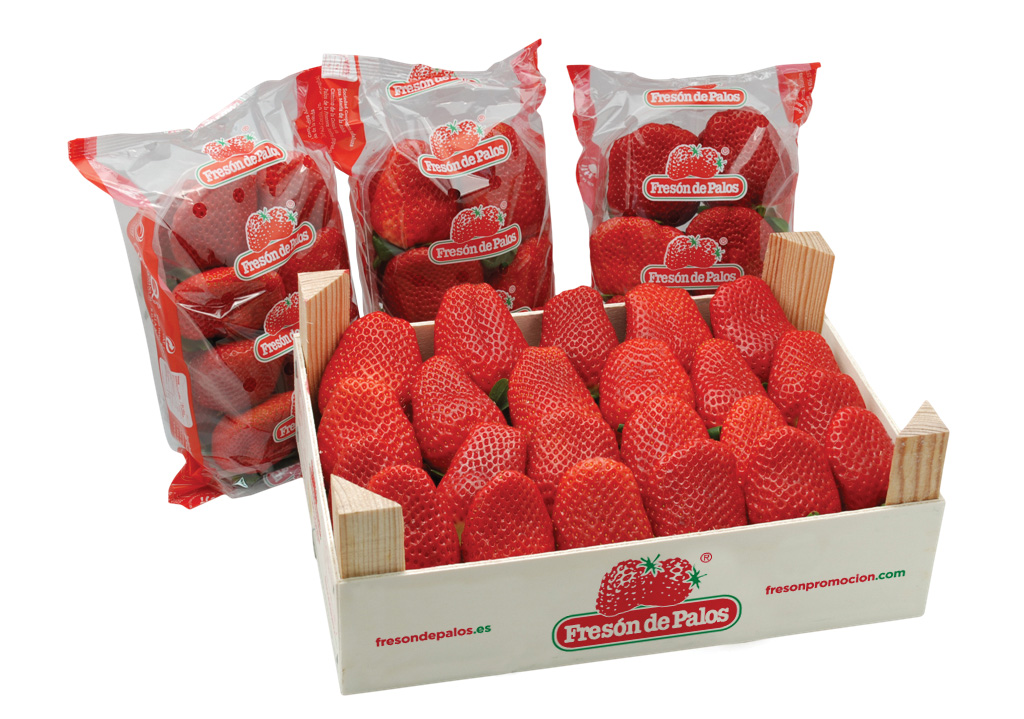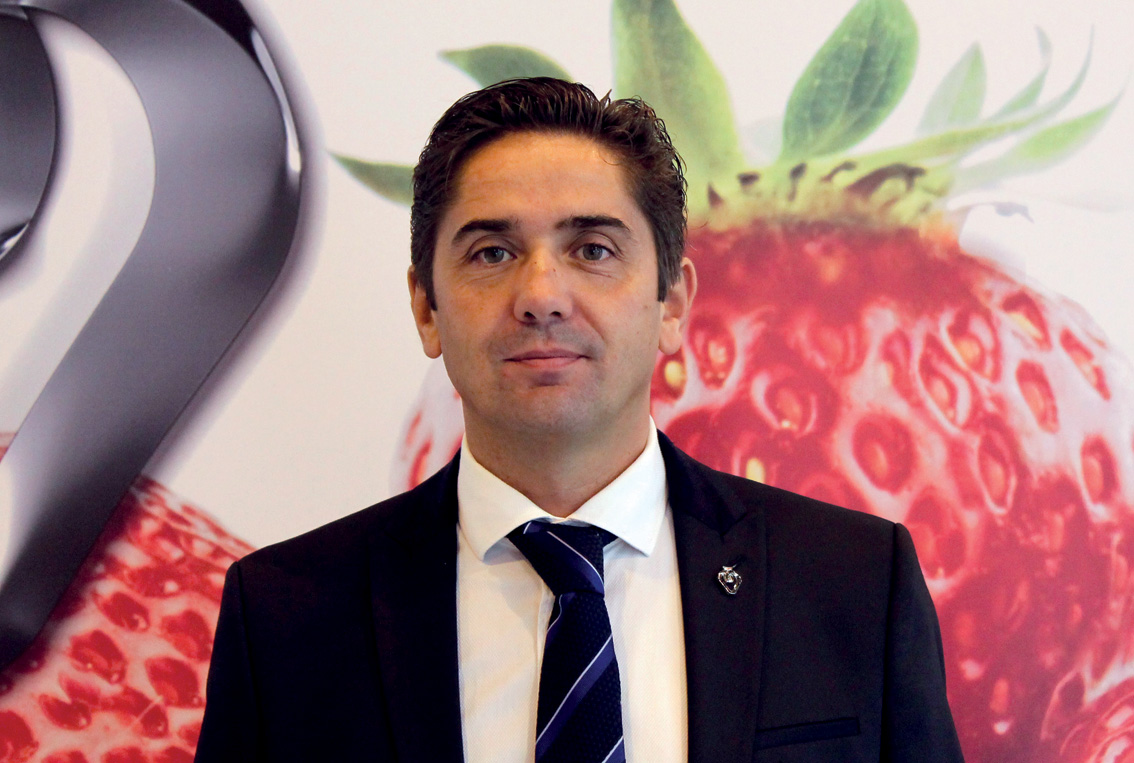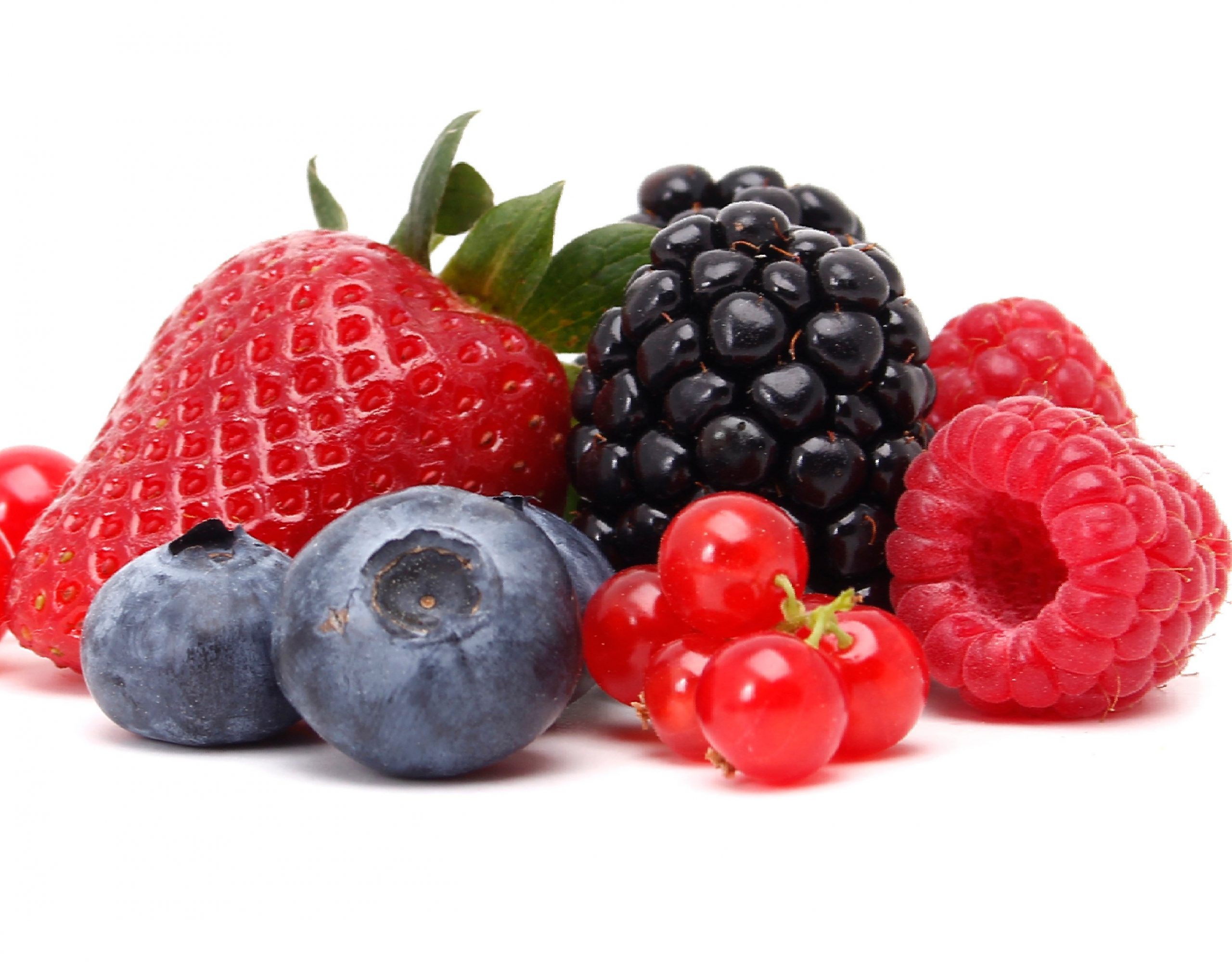
More than one in four shopping baskets sold by mySupermarket in the UK had berries in them last May–August.
The average of nearly 26% for those warmer months – up from about 18.5% over twelve months – shows the seasonal nature of berry consumption.
Sales of organic berries were consistent with this spike. From January–November last year, just 0.61% of all shopping baskets contained organic berries but this rose to an average of 0.81% for May–August, though the vast majority of berries sold were still conventional.
The berries included in the data were strawberries, assorted berries, blackberries, blueberries and raspberries and all were sold pre-packed.
The data came from mySupermarket.co.uk, which said it is derived from its about 50,000 monthly shoppers.
Berry sales up in UK
Retail sales of fresh berries have risen 11% in both value and volume in the UK, Kantar Worldpanel data shows.
Figures for the 52 weeks to December 7 show total sales of nearly £893.4 million, up from just over £803,4 million for the same period the previous year. A total of 150,781 tons of berries were sold, up from 135,674 tons.

